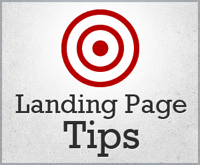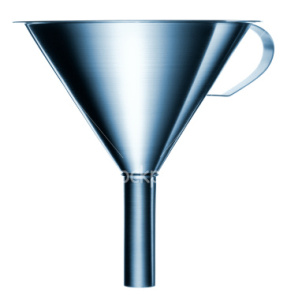New A/B Testing Tool
From Google Analytics
As a website owner you have goals that you want to accomplish with your website. Actually if you really think about it you have goals that you want your visitors to accomplish.
A visitor goal may be to:
- Sign up for your newsletter.
- Fill out your “contact agent” form (if you are a real estate agent).
- Download your white paper or e-book.
- Click though to a particular page.
- (Need I forget) . . . Make a purchase.
You want your visitors to achieve the goals that you (the site owner) have set for them.
If you are a website owner then you need to conduct web content experiments that allow you to test how well different versions of your website pages work in getting your visitors to accomplish specific goals. With the new Web Content Experiments tool from Google you can test up to five variations of a page.
Content Experiments is a somewhat different approach from either standard A/B or multivariate testing. Content Experiments is more A/B/N. You can test up to five full “experimental” versions of a single page, each delivered to visitors from a separate URL.
What can you do with Web Content Experiments in Google Analytics?
With Content Experiments, you can:
- Compare how different web pages perform using a random sample of your visitors
- Define what percentage of your visitors are included in the experiment
- Choose which objective you’d like to test
Web Content Experiments
An example of using experiments to improve your business
Let’s say you have a website where you present house-cleaning services. You offer basic cleaning, deep cleaning, and detailed cleaning. Detailed cleaning is most profitable of the three, so you’re interested in getting more people to proceed with this option.
Most visitors land on your homepage, so this is the best page to use to initiate your content experiment. For your experiment, you create several new versions of this web page: one with a big red headline for detailed cleaning, one in which you expand on the benefits of detailed cleaning, and one where you put an icon next to the link to learn more about detailed cleaning.

Once you’ve set up and launched your experiment, a random sample of your visitors see the different pages, including your original home page, and you simply wait to see which page gets the highest percentage of visitors to take the action you require (the goal) which is to contact you about detail cleaning.
When you see which page drives the most conversions, you can make that one the live page for all visitors and watch your conversions grow.
Designing new website pages which are more effective has never been more fun and more profitable.

 Top-Performing Landing Pages
Top-Performing Landing Pages Long Copy versus Short Copy
Long Copy versus Short Copy A/B Testing
A/B Testing A/B Testing
A/B Testing Lead Capture & E-Mail & Testing
Lead Capture & E-Mail & Testing SEO Market Segments
SEO Market Segments